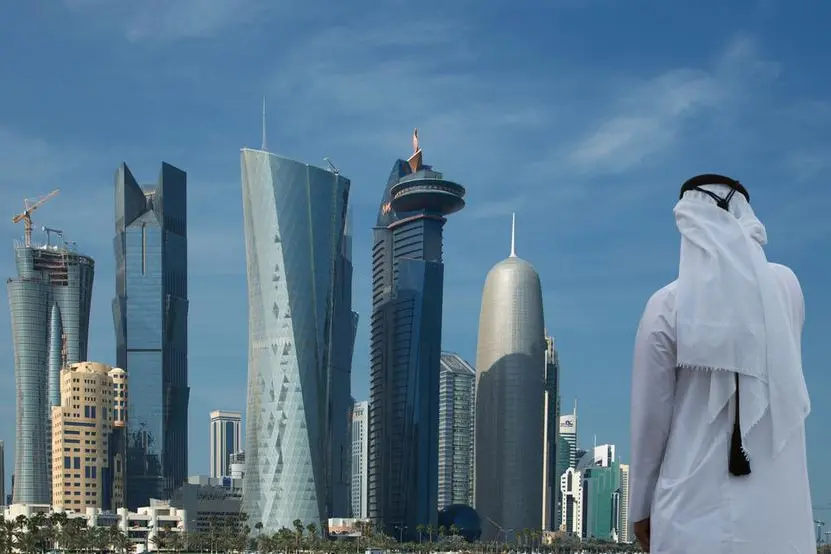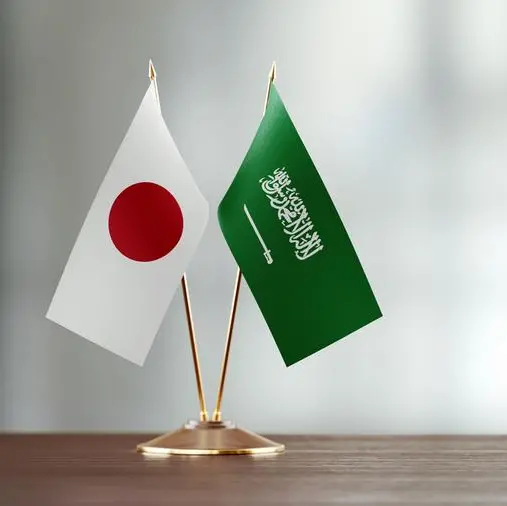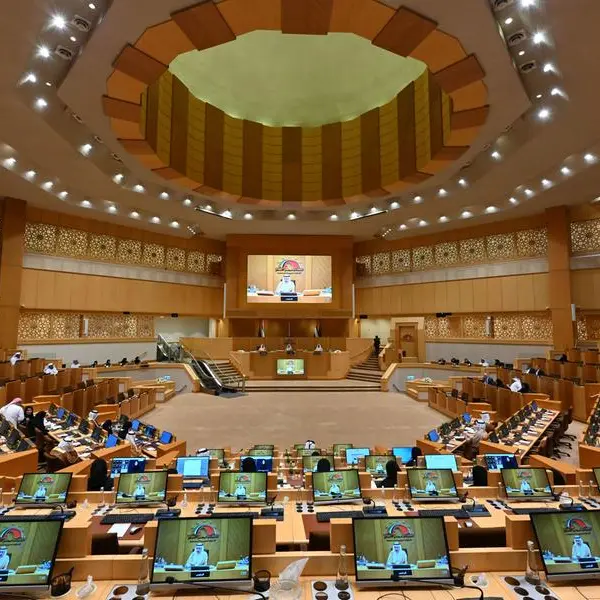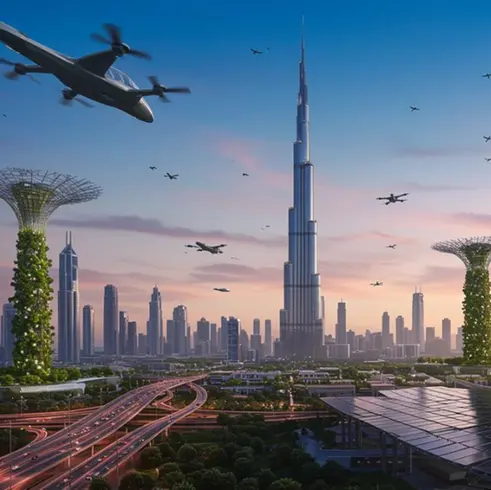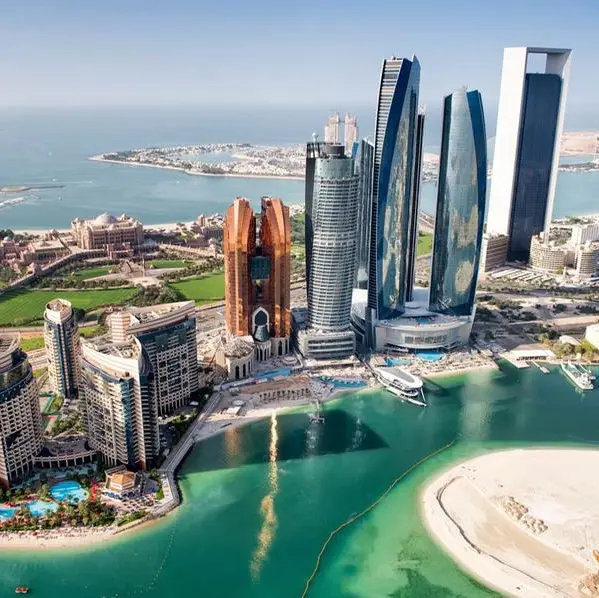PHOTO
Doha: Qatar will remain in a relatively strong competitive position even after 2030 and the demand for LNG is likely to peak in the mid-2030s, with increasing use of renewables in the energy market, according to Standard & Poor’s (S&P) report.
“We expect Qatar to remain one of the largest exporters of LNG globally. Between 2025 and 2027, the government plans to increase Qatar’s LNG production capacity by 64 percent, to 126 million tons per year (mtpa) from 77 million currently. The strategic pivot away from Russian gas, particularly by European economies, suggests there will be demand for additional exports from Qatar,” it noted.
As a low-cost supplier, we think Qatar will remain in a relatively strong competitive position even after 2030. Notwithstanding our assumption that demand for LNG is likely to peak in the mid-2030s, with increasing use of renewables in the energy market. The stable outlook reflects our view that Qatar’s fiscal and external buffers should continue to benefit from the country’s status as one of the world’s largest exporters of LNG over the next two years, further boosted once production increases through the North Field Expansion (NFE) over 2025-2027.
According to the global credit rating agency report, Qatar’s income levels remain among the highest of rated sovereigns, supporting its credit profile. High GDP per capita, estimated at $77,200 in 2023, in our view mitigates the effects of relatively weak trend growth—measured by the weighted average 10-year per capita real GDP growth rate. Once the NFE project boosts LNG production after 2025, we expect per capita income levels to increase further.
QatarEnergy, the state-owned hydrocarbons company, is responsible for all phases of the oil and gas industry in Qatar, including the NFE. QatarEnergy has maintained an interest of about 75 percent in the increase in LNG production capacity of 49 mtpa (to 126 mtpa from 77mtpa). So far, QatarEnergy has signed LNG sale and purchase agreements with its joint venture partners amounting to up to 18 mtpa for terms, about 38 percent of the capacity increase.
The contracts include those with China National Petroleum Corp. and China Petrochemical Corporation (Sinopec) for 4 mtpa each, Shell and TotalEnergies up to 3.5 mtpa each, Conocophilips up to 2 mtpa (this contract is for at least 15 years, the others are for 27 years), and Eni up to 1 mtpa.
It further said, “We forecast real GDP growth will gradually accelerate toward 2027 as gas production levels increase and non-hydrocarbon sector growth remains relatively strong at about 4%.
We expect capital spending will remain strong, with a moderation in government investment mitigated by QatarEnergy’s investment in the NFE project. We project government investment of about QR60bn (or 6 percent of GDP) by 2026, compared with a peak of about QR103bn (or 19 percent of GDP) in 2016, as some major infrastructure projects have been completed. However, we expect QatarEnergy will invest about 8 percent of GDP on average per year over 2022-2025.”
© Dar Al Sharq Press, Printing and Distribution. All Rights Reserved. Provided by SyndiGate Media Inc. (Syndigate.info).
